10 Advanced Training Procedures to Overcome a Muscle Building Dead-End
Accordingly, repeatedly visiting the gym has enormously boosted your body structure, size, and strength.
You have subjected your body to immense points of forces and pressure to appear as it does right now, which can elaborate on the decelerated progression, commonly referred to as a plateau phase.
Exercising increased body resistance and lowering the rest periods in the body workouts will help overcome the plateau stage. The following training exercises will teach you exactly how you can escalate body resistance without transferring the body into a state of hypertrophy.
1. Negative Repetitions
This procedure is dependent on lowering the performance of the full movement. With this process, the focus is placed on the eccentric contractions phase of exercising. You do this by reducing the degree at which sweeping motion happens.
Other individuals insist on the concentric contraction, where opposite motions tend to exert enormous stress on the tendons and auxiliary bone structure.
During the implementation of the negative repetitions, a resultant heightened muscular injury forces the body to cop and regenerate larger and sturdier.
2. Staggered Sets
This procedure includes performing a range of exercises at given interludes to permit your working muscles to rest, whereas other areas of your body are being streamlined.
It targets your body’s frailer areas, and it is not necessary to apportion a whole workout session towards it.
An example is the performance of a range of calves raises upon the conclusion of 4-5 sets of your usual routine. This exercise is aimed at bettering the calves.
3. Pre- exhaust Training
This process involves doing the reverse, aiming to tire the targeted muscles first, prior to the regular lifting or workout routine. This procedure has the capability of attending to all muscle fibres in the exercise period.
It allows the stimulation of both the big and small muscles within a similar muscle category.
4. Super-sets
This procedure involves performing dissimilar workouts nonstop without pauses in between. This method amplifies your muscles to operate under extreme stress, which you obtain a great boost when done.
This procedure is mainly utilized in shaping the opposing muscles, besides pumping more blood into the muscles for an extreme muscle finish.
5. Half Repetitions
This scheme comprises the performance of only half the movements and discontinuing at the utmost stress level.
It is meant to be performed when you cannot accomplish the complete set of motion. It surges the force and works-out the specific muscle past what it is currently accustomed to.
An example is the performance of leg exercises.
6. 21’s
This is a great muscle construction process that involves working on stubborn muscles that are adamant at growing or disintegrating.
As the name suggests, 21’s comprises effecting three sets of 7 replications per range of motion. The movements total of 21.
An example is the execution of isolated exercises on reduced muscles such as the biceps.
7. Clearing the Rack
This training method involves the movement across the weight rack present in the gym for a given exercise. For instance, when executing shoulder presses that aim to exercise the deltoids, you select hefty dumbstell weights, proceed to the flimsy pair, and so on.
8. Variation Exercise Targeting
This process involves utilizing multiple workouts to hit on a specific muscle.
This process helps subject the targeted muscle under immense force levels as it is moulded from varying directions to create a growth response.
9. Pause Repetitions
It comprises the acceleration of your improvement from both an aesthetic and strength viewpoint. Hence, this training eliminates the utilization of force to accomplish an exercise.
This process relies solely on muscle strength to hold on to an exercise up to a given level.
An example is doing the bench press.
10.Rest or Pause Training
This procedure involves recurrent hefty weights lifting or exercising at highest concentrations, in the process of your working sets, to the point that you are incapable of doing any additional repetitions.
With this training, you can only break for seconds and quickly get back to working out to prevent the tired muscles from recuperating.
Conclusion
Now that you are aware of the above training pieces, you can rest easy the next time you undergo a plateau, as you need to apply these training processes, and you are good to go.








0 Comments